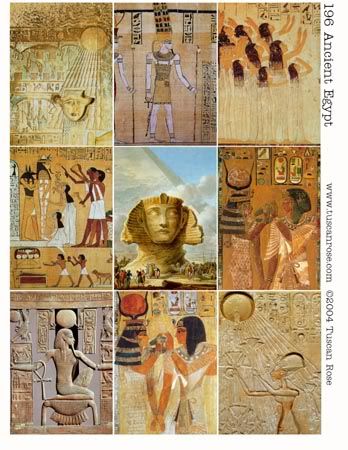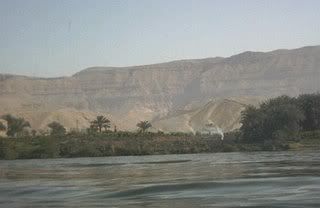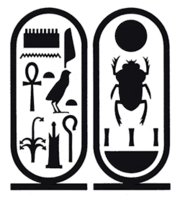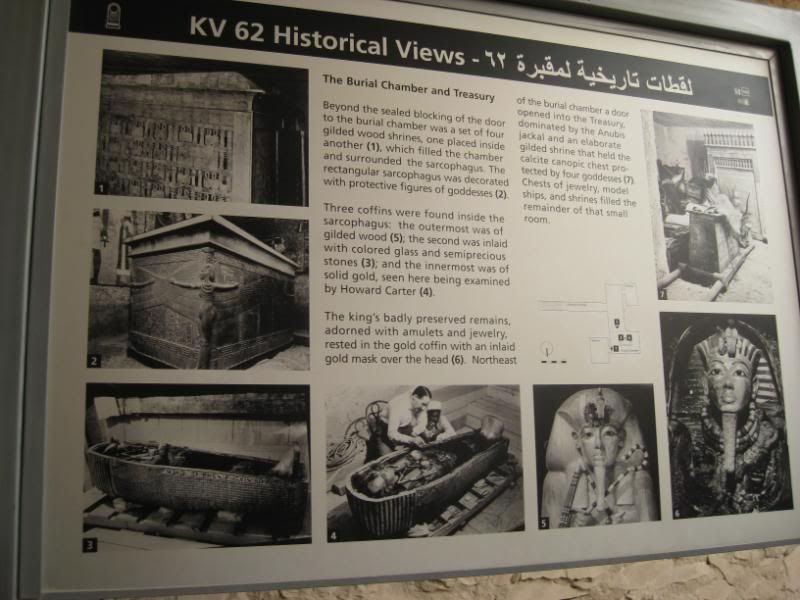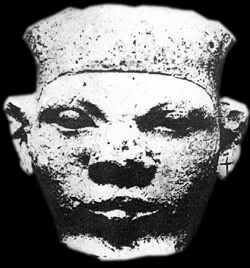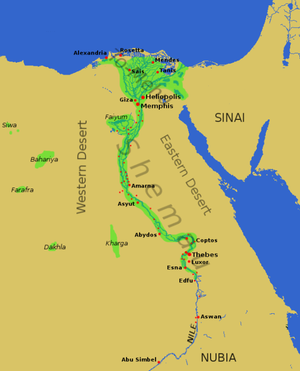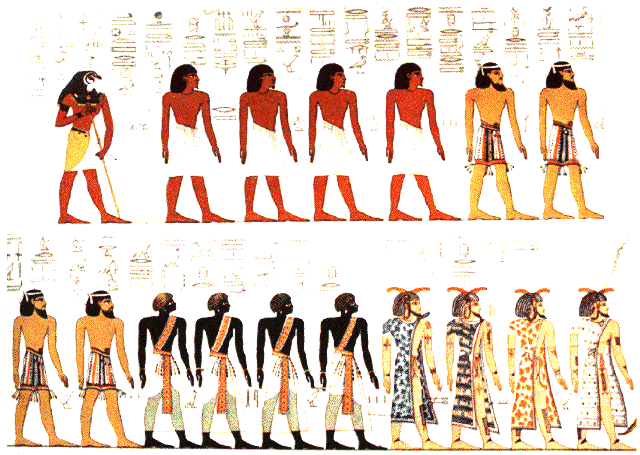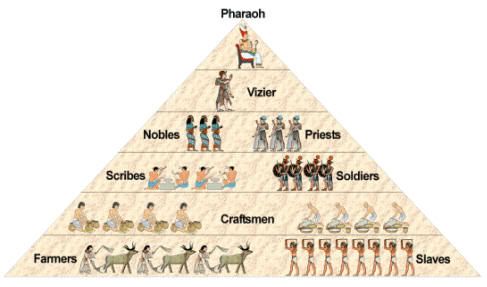Orang Mesir Purba percaya kepada konsep Politeisme
Politeisme adalah kepercayaan dalam atau pemujaan banyak tuhan seperti dewa dan dewi. Tuhan-tuhan ini dipuja di kuil bersama dengan upacara and mitologi mereka. Banyak agama, sama ada yang lama atau baru, mempunyai kepercayaan politeisme seperti agama Hindu, Buddha, Shinto, Yunani Purba, agama tradisi orang Cina, kepercayaan neo-pagan.
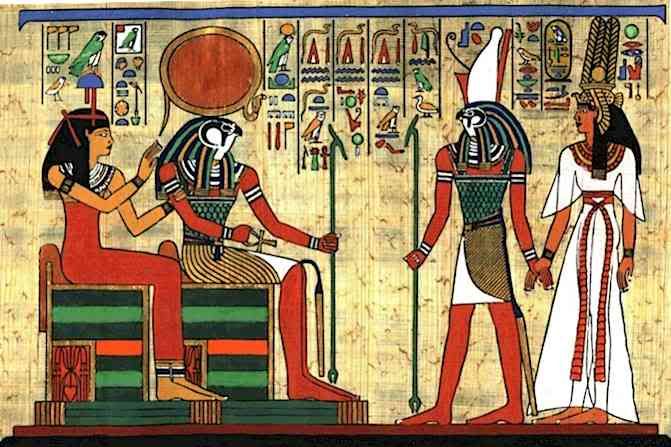
Setiap tuhan orang Mesir Purba selalu dikaitkan dengan unsur alam seperti:
Re (Tuhan Matahari)

Re (Ra) was the Egyptian sun god who was also often referred to as Re-Horakhty, meaning Re (is) Horus of the Horizon, referring to the god’s character. The early Egyptians believed that he created the world, and the rising sun was, for them, the symbol of creation. The daily cycle, as the sun rose, then set only to rise again the next morning, symbolized renewal and so Re was seen as the paramount force of creation and master of life. His closest ally is Ma’at, the embodiment of order and truth.
Ra-Atum (Tuhan Langit)
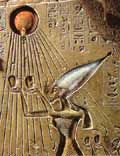
AKHENTATEN RECEIVING GODFOOD FROM THE SIRIUS B RED GIANT
The red giant is offering ankhs to this king who rejected the state god, Ra-Atum, because he was an illogical combination of unnatural attributes. The ankh , dangling from the serpent’s neck and being offered to Akhenaten and his queen by hands extending from the red disk, was the symbol for cosmic nutriments .
Amun (Tuhan Angin)
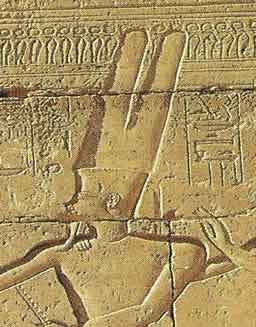
Amun became very powerful during the 12th dynasty with the construction of a temple in his honor at Karnak. The height of his power came under the 18th dynasty, when a prince of a Theban family became king of Egypt. His consort, Mut, had temple built nearby at Luxor. Their son, Khonsu, became the moon god.
In the 18th Dynasty, Amun was credited with the success of pushing the foreign Hyksos out of Egypt. At times, the ruling pharaoh was threatened by the power and wealth of the priests of Amun. Their wealth often came from the spoils of war which would be dedicated to the temple. Their powerful influence continued throughout the New Kingdom until Egypt came under foreign control.
Amun was very powerful in Upper Egypt to the South. In the New Kingdom Amun was linked with Re of Lower Egypt to the North. This combination became Amen Re. He was the god of the air and acquired over time the titles of god of fertility and war in the New Kingdom. He also had several combinations with other dieties such as; Amun-Re-Atum, Amun-Re-Montu, Amun-Re-Horakhty, and Min-Amun.
Orang Mesir Purba juga percaya kepada kehidupan selepas mati. Oleh itu, mayat perlu disimpan dengan baik dan dijaga dengan teliti. Mayat ini telah disebut sebagai mummy dalam Bahasa Inggeris.

Makam Mayat juga mesti dipenuhi dengan peralatan serta keperluan kehidupan selepas mati.
Solekan mayat, adat kebesaran, dan jumlah barang yang dikebumikan di dalam makam menunjukkan kedudukan atau status mayat tersebut.
Ini cerita sewaktu jaman orde baru. Kisahnya tentang sayembara menebak usia mumi di Giza, Mesir. Puluhan negara diundang oleh pemerintah Mesir, untuk mengirimkan tim ahli paleoantropologinya yang terbaik.
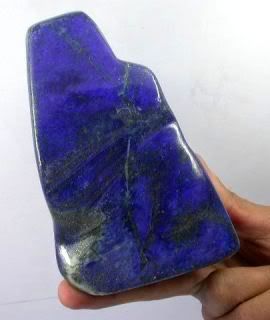
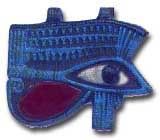
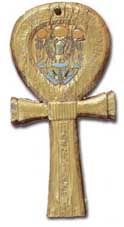
Amulets were good luck charms or jewellery of great value that were placed on the mummy and were often inscribed with sacred writings. The Eye of Horus was a magic symbol to ask the god Horus to look over you. It was also thought to protect the mummy's health and vitality. The Ankh was a symbol of everlasting life.

These beautiful fossil echinoids are from an area not known for fossils - Egypt. They are classified as Laganum depressum and are Miocene/Pliocene in age. From an area north of Mersa Alam, Hurghada, on the Red Sea coast of Egypt, they are quite well preserved and an attractive addition (and location) to any fossil collection.

![]()

